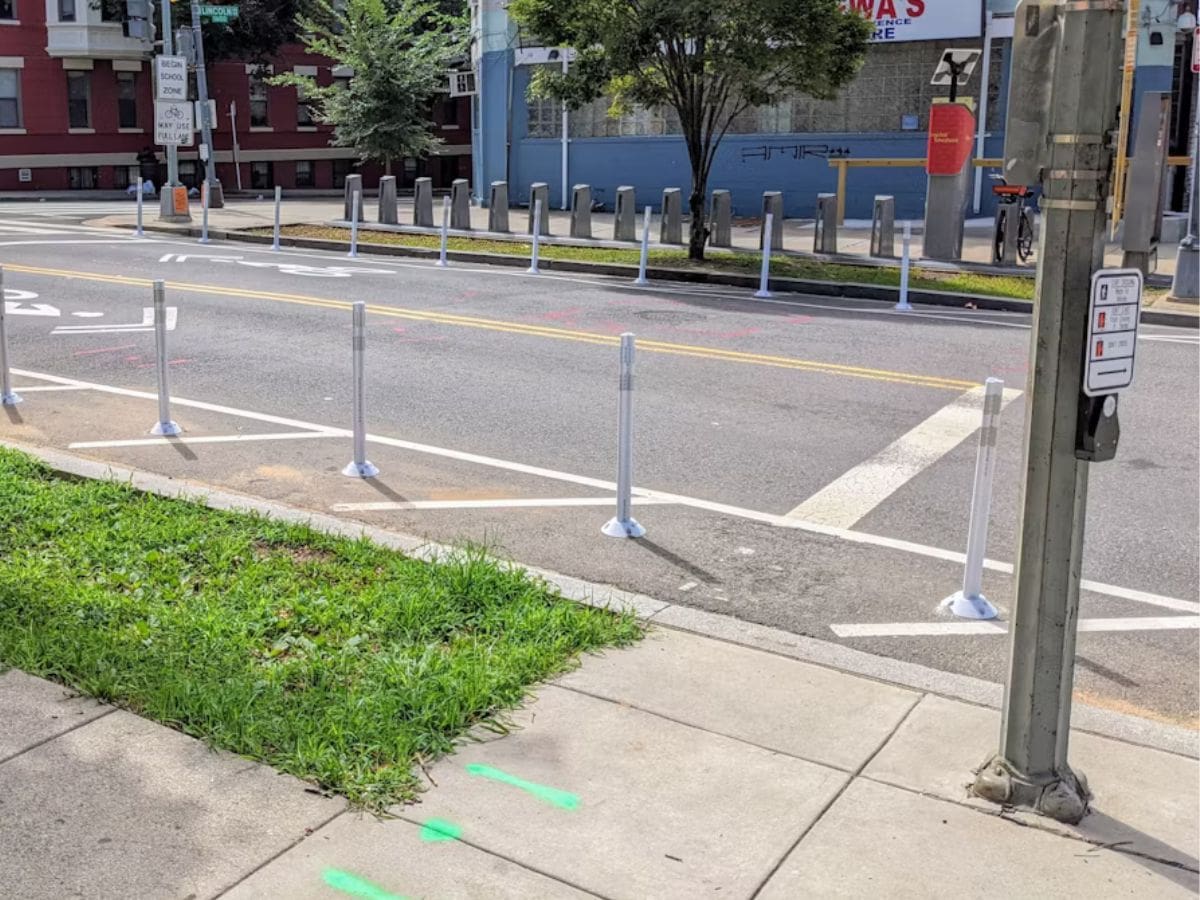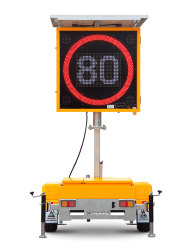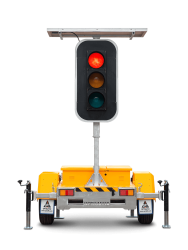
Understanding the Link Between Urban Planning and Traffic Safety
Urban planning plays a crucial role in traffic management and overall traffic safety within cities and communities. By strategically designing roads and integrating public transportation systems, urban planners can significantly impact the frequency and severity of traffic accidents.
The Role of Urban Planning in Traffic Management
Designing Roads for Safety
Effective urban planning involves designing roads with a focus on safety. This includes implementing measures such as dedicated lanes for different modes of transport, clear signage, and regular maintenance to ensure optimal road conditions. These initiatives not only enhance traffic flow but also contribute to reducing traffic accidents.
Integrating Public Transportation Systems
A key aspect of urban planning is integrating efficient public transportation systems. By providing accessible and reliable public transit options, urban planners can encourage residents to use alternative modes of transportation, thereby reducing the number of vehicles on the road. This reduction can lead to decreased congestion and ultimately contribute to a lower risk of traffic accidents.
How Urban Design Influences Driver Behavior
The Impact of Road Layout on Speeding
The layout of roads within urban areas directly influences driver behavior, particularly about speeding. Well-designed roads with appropriate speed limits, traffic calming measures, and clearly marked lanes can help mitigate speeding behaviors that often lead to traffic accidents.
Visibility and Lighting in Accident Prevention
Urban planners also consider visibility and lighting as critical factors in preventing traffic accidents. Properly illuminated streets, intersections, and pedestrian crossings enhance visibility for drivers, cyclists, and pedestrians alike, reducing the likelihood of collisions during low-light conditions.
Key Urban Planning Strategies to Reduce Traffic Accidents
Urban planning encompasses a range of strategies aimed at reducing traffic accidents and creating safer environments for all road users. By implementing effective road design and prioritizing pedestrian and cyclist safety, urban planners can significantly contribute to the overall safety of a city’s transportation infrastructure.
Implementing Effective Road Design
Creating Dedicated Lanes for Different Modes of Transport
One crucial strategy for reducing traffic accidents is the creation of dedicated lanes for various modes of transport, including bicycles, buses, and pedestrians. By clearly demarcating these lanes, urban planners can enhance safety for all road users while promoting sustainable and alternative means of transportation. This approach not only helps reduce traffic congestion but also minimizes the risk of collisions between different types of vehicles.
Importance of Regular Maintenance and Clear Signage
Regular maintenance and clear signage are fundamental aspects of effective road design that contribute to reducing traffic accidents. Well-maintained roads with visible markings and signage provide crucial guidance to drivers, cyclists, and pedestrians, thereby minimizing the potential for confusion or errors that could lead to accidents. Additionally, proactive maintenance ensures that roads remain in optimal condition, further enhancing overall safety.
Enhancing Pedestrian and Cyclist Safety
Building Safe Crosswalks and Bike Paths
Prioritizing pedestrian safety involves the construction of safe crosswalks at key intersections and areas with high foot traffic. By providing well-marked crosswalks with adequate lighting and clear visibility, urban planners can create safer environments for pedestrians while also encouraging walking as a mode of transport. Similarly, the development of dedicated bike paths separated from vehicular traffic promotes cyclist safety and contributes to reducing traffic accidents involving bicycles.
Traffic Calming Measures in Residential Areas
Implementing traffic calming measures in residential neighborhoods is an effective urban planning strategy to enhance overall traffic safety. Techniques such as speed humps, chicanes, and strategically placed planters help reduce vehicle speeds within residential zones, creating safer environments for both residents and motorists. These measures not only contribute to reducing traffic accidents but also foster a sense of community well-being by promoting walkability and neighborhood connectivity.
Case Studies: Cities That Have Successfully Reduced Traffic Accidents
Vision Zero in Stockholm: A Model for Urban Safety
Stockholm’s implementation of the Vision Zero initiative has served as a groundbreaking model for enhancing urban safety and effectively reducing traffic accidents. The city’s commitment to this program has led to a series of key initiatives and outcomes that have significantly transformed its approach to traffic safety.
Key Initiatives and Outcomes
Vision Zero in Stockholm is characterized by a multi-faceted approach that encompasses various initiatives aimed at reducing traffic accidents. The city has invested in comprehensive road redesign projects, including the creation of dedicated cycling lanes and pedestrian zones. Additionally, strict enforcement of speed limits and installing advanced traffic management systems have contributed to a substantial decline in traffic accidents.
Furthermore, Stockholm has prioritized public awareness campaigns focused on promoting responsible driving behaviors and fostering a culture of mutual respect among all road users. These efforts have not only raised awareness about the importance of reducing traffic accidents but have also instilled a sense of collective responsibility for maintaining safe urban environments.
Lessons Learned for Other Cities
The success of Vision Zero in Stockholm offers valuable lessons for other cities seeking to enhance their approach to traffic safety. One crucial takeaway is the significance of holistic urban planning strategies that prioritize the needs of pedestrians, cyclists, and motorists alike. By integrating sustainable transportation options and implementing stringent measures to enforce safe driving practices, cities can effectively work towards reducing traffic accidents.
Moreover, Stockholm’s experience underscores the importance of community engagement and collaboration with local stakeholders in shaping urban safety policies. Engaging residents in decision-making processes related to road design and safety interventions fosters a sense of ownership and accountability within communities, ultimately contributing to sustained efforts in reducing traffic accidents.
New York City’s Approach to Reducing Traffic Fatalities
New York City has adopted an innovative approach centered on street redesign and pedestrian-focused policies as part of its comprehensive strategy to mitigate traffic fatalities. Through targeted interventions and policy reforms, the city has made significant strides in addressing the root causes of traffic accidents, leading to tangible improvements in overall urban safety.
Street Redesign and Pedestrian-Focused Policies
A cornerstone of New York City’s efforts to reduce traffic fatalities has been the systematic redesigning of streets with an emphasis on pedestrian safety. This includes expanding sidewalks, installing protected bike lanes, and implementing traffic calming measures such as speed humps and raised crosswalks. These modifications have not only created safer environments for pedestrians but have also contributed to a notable decline in traffic accidents involving vulnerable road users.
Furthermore, New York City has implemented pedestrian-focused policies aimed at enhancing visibility and prioritizing pedestrian right-of-way at intersections. Initiatives such as leading pedestrian intervals (LPIs) provide pedestrians with dedicated crossing time before vehicular movements, thereby reducing potential conflicts between pedestrians and vehicles. These measures have played a pivotal role in mitigating risks associated with traffic accidents, particularly those involving pedestrians.
Impact on Traffic Accidents and Public Response
The proactive measures undertaken by New York City have yielded promising results in terms of their impact on traffic accidents. The city has witnessed a substantial decrease in both fatal and non-fatal collisions across various neighborhoods following the implementation of these initiatives. Moreover, public response to these changes has been overwhelmingly positive, with residents expressing heightened confidence in utilizing alternative modes of transportation while feeling safer navigating urban environments.
Moving Forward: The Future of Urban Planning and Traffic Safety
As urban environments continue to evolve, the integration of emerging technologies and the prioritization of policy and community engagement are poised to play pivotal roles in shaping the future of urban planning and enhancing traffic safety.
Emerging Technologies and Smart Infrastructure
Adaptive Lighting and Intelligent Traffic Systems
The advancement of adaptive lighting systems represents a promising avenue for improving urban safety. By dynamically adjusting illumination levels based on real-time conditions, these systems enhance visibility for drivers, cyclists, and pedestrians, thereby contributing to the mitigation of potential hazards. Furthermore, intelligent traffic systems equipped with sensors and data analytics capabilities enable proactive traffic management, facilitating smoother flow and helping to reduce traffic accidents through optimized signal control.
The Role of Autonomous Vehicles in Urban Safety
The proliferation of autonomous vehicles presents both opportunities and challenges in the realm of urban planning. While autonomous technology holds the potential to enhance road safety by minimizing human error, its integration necessitates careful consideration within broader urban design frameworks. As cities prepare for the advent of autonomous vehicles, urban planners must proactively address infrastructure requirements and regulatory frameworks to ensure a seamless transition that prioritizes public safety while aiming to effectively reduce traffic accidents.
Policy and Community Engagement
Developing Comprehensive Safety Policies
The formulation of comprehensive safety policies is fundamental to fostering sustainable improvements in traffic safety within urban areas. These policies encompass a wide array of measures ranging from speed limit regulations and pedestrian right-of-way provisions to stringent enforcement mechanisms. By establishing clear guidelines that align with evolving mobility patterns, cities can proactively address emerging challenges while working towards their overarching goal of consistently reducing traffic accidents.
Encouraging Community Involvement in Urban Planning
Community involvement stands as a cornerstone in shaping the future landscape of urban planning initiatives aimed at enhancing traffic safety. Engaging residents in decision-making processes fosters a sense of ownership over local infrastructure developments while promoting a culture of shared responsibility for maintaining safe urban environments. Through collaborative efforts between municipal authorities, local stakeholders, and residents alike, cities can cultivate an environment conducive to sustained progress in their endeavors to effectively reduce traffic accidents.
Conclusion: Embracing Urban Planning for Safer Streets
As cities strive to create safer streets and reduce the frequency of traffic accidents, it becomes evident that a collective effort is essential in achieving these goals. Ongoing research and adaptation play a crucial role in informing urban planning strategies, ensuring that they remain aligned with evolving traffic safety needs. By continuously analyzing accident data, identifying trends, and implementing innovative solutions, urban planners can proactively address potential risks and enhance overall traffic safety.
Building a culture of safety through urban design involves instilling a sense of responsibility and awareness among all road users. This encompasses not only motorists but also pedestrians, cyclists, and public transit commuters. Through targeted educational initiatives and community engagement programs, cities can foster an environment where safe practices are prioritized and embraced by all. By promoting mutual respect, adherence to traffic regulations, and vigilance on the roads, urban environments can become inherently safer, ultimately leading to a reduction in traffic accidents.



















